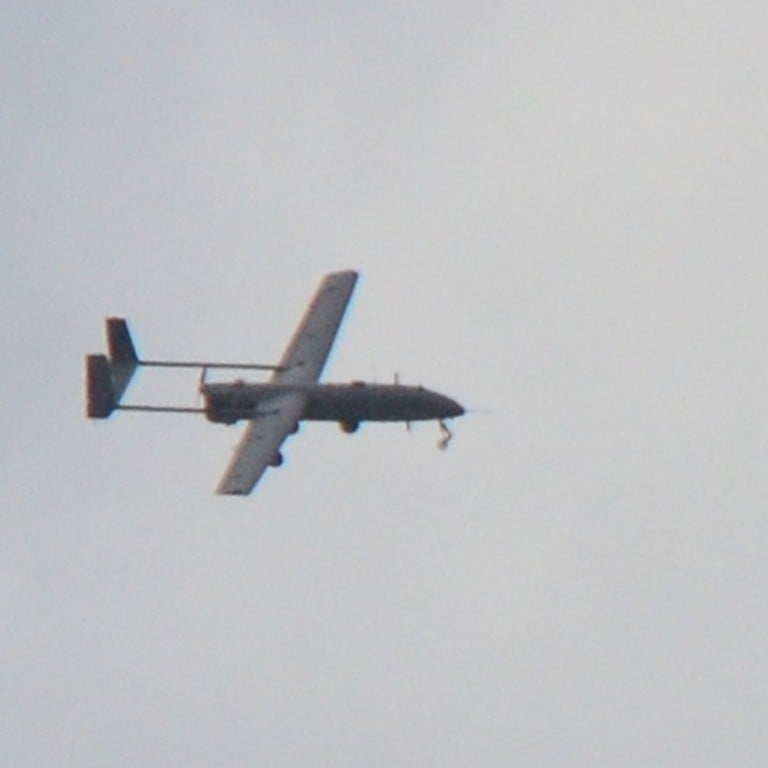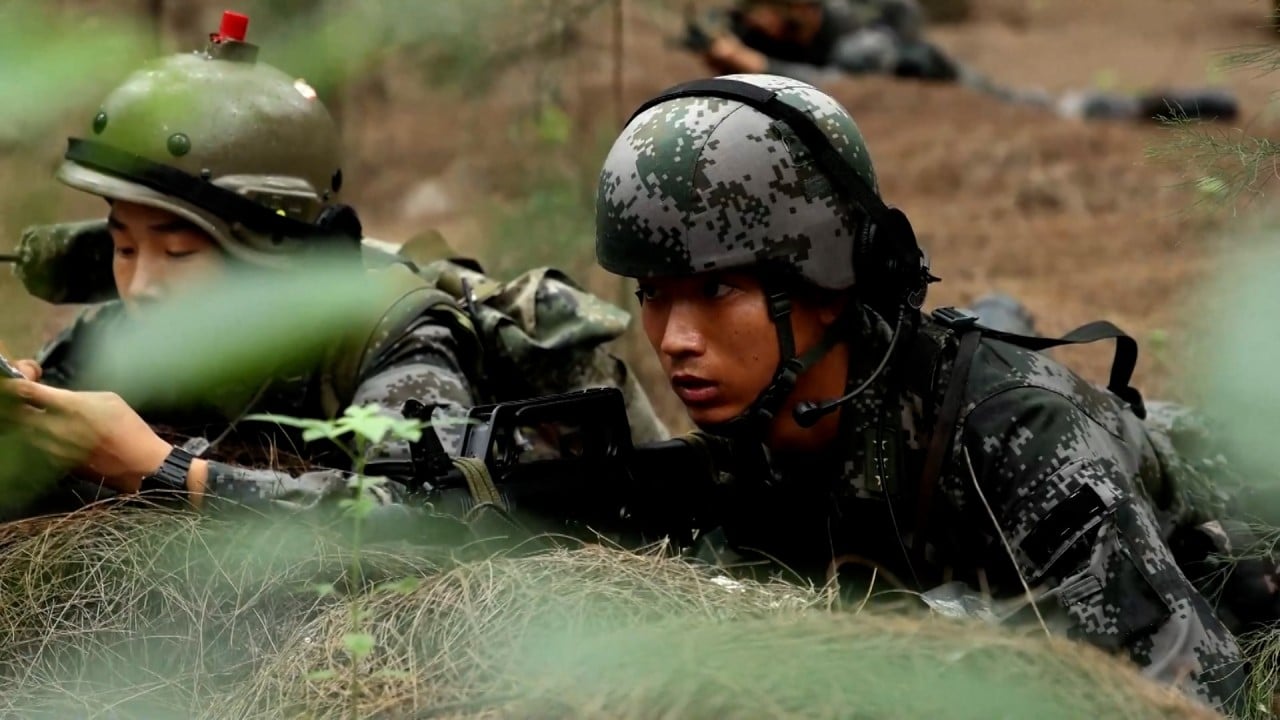
Taiwanese military set to get first set of locally made short-range drones as PLA threats intensify
- First 14 of 50 short-range UAVs to be delivered later this year, island’s defence ministry says
- Remainder to come next year, allowing the formation of drone divisions to boost reconnaissance and battle response capacity against the PLA
The National Chung-Shan Institute of Science and Technology, Taiwan’s top weapons maker, is due to hand over 14 sets of the tactical short-range unmanned aerial vehicles (UAV) later this year, according to a defence ministry budget review report recently sent to the legislature.
“The UAVs with the rotor systems are needed to effectively bolster the surveillance and reconnaissance abilities of the combined arms battalions and allow them to have adequate early warning to counter enemy operations,” the ministry report noted.
The remaining 36 sets were expected to be delivered next year, allowing the battalions to form their own UAV fleet, the ministry note said.
Each battalion will be equipped with a four-person UAV division, and the Chung-Shan Institute will be tasked with helping to train drone operators for this role.

Experts in both Taiwan and the US, the island’s top weapons supplier, argue that armed UAVs could prove effective in repelling an attack from the Chinese mainland.
Last month, the Chung-Shan Institute also tested the medium and long-range flight capabilities of the Teng Yun 2 (Cloudrider) drone, capable of being used in both surveillance and attack modes.
The Teng Yun 2, if commissioned, is expected to join the US-made MQ-9B Sea Guardians to form a longer-range combat force.
Taiwan starts second generation drone tests as it seeks to bolster defences
The US approved the sales of four armed MQ-9B drones and related equipment worth US$600 million to Taiwan in November 2020.
The Teng Yun resembles the US MQ-1 Predator drone and can use the same AGM-114 Hellfire missiles deployed by it.
The prototype being tested by the institute is an upgraded version of a first-generation drone that crashed during a test flight in eastern Taiwan last year.
The upgrades include better thrust, greater range, more payloads, an improved flight control system and a triple-backup power system, according to the institute.


